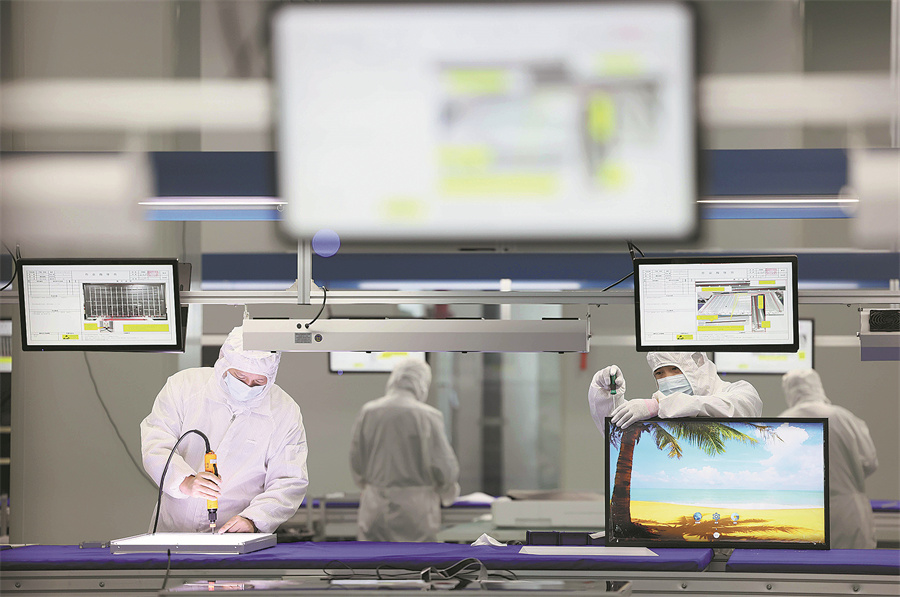Fresh priorities define 'future industries'
'New productive forces' gain currency as drivers of high-quality development


"Against a background of economic transition, local governments also face great pressure in finding new economic engines. New productive forces came at just the right time, and if developed well, they are expected to greatly help them win over regional competition and drive the country's economic growth as a whole," he said.
Industry experts, however, noted that to develop future-oriented industries into new productive forces, it is essential to enhance both research and development of key technologies and fundamental research.
China aims to scale up its R&D budget by more than 7 percent annually during the 14th Five-Year Plan period (2021-25). Consultancy McKinsey & Co said in a report that such a growth target will make China the world's largest R&D spender.
"Although the R&D intensity of China has been continuously increasing, the country's investment in fundamental research is insufficient, which directly leads to a relative lack of innovations based on complex, underlying supporting technologies and scientific research," said Liu Qiao, dean of the Guanghua School of Management of Peking University, in a note.
Liu said China's position index in the global value chain or GVC in 2018 was 0.01 while the US index was 0.29. Thus, the US continues to be at the absolute upstream of the GVC, with strong control over core technologies and raw materials. This gives it the power to create constraints downstream on other countries and economies in the GVC.
"To change this situation, China must increase investment in fundamental R&D and promote Chinese industries to move upstream in the global value chain. Only when breakthroughs are achieved in fundamental research can we truly break developed countries' vice-like grip on key technologies," he said.




































